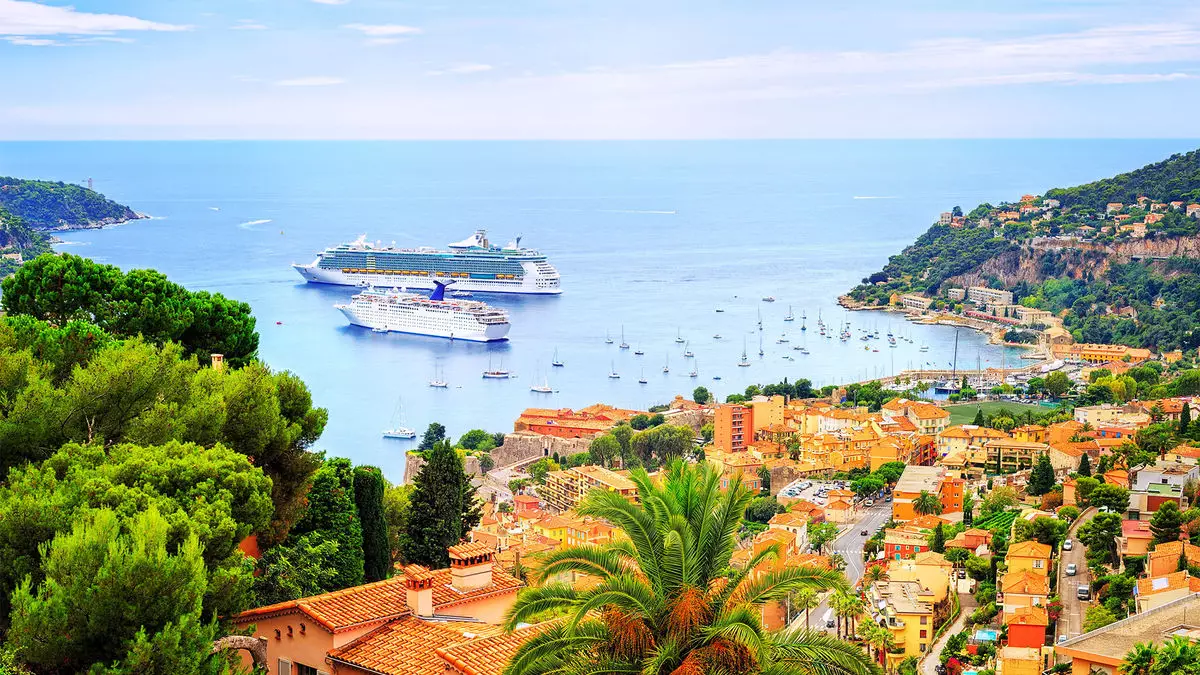The cruise industry is facing significant challenges as local governments across Europe impose restrictions on large cruise ships, primarily in response to concerns over overtourism and environmental degradation. One prominent case currently unfolding is in the picturesque Nice-Côte d’Azur region of France, where local officials are taking a definitive stand against the influx of oversized cruise vessels. While their intentions may stem from a desire to protect the cultural and natural resources of the area, the implications for the cruise industry, local economy, and travel experience are complex and far-reaching.
In January 2023, Nice Mayor Christian Estrosi signed a decree prohibiting cruise ships with a capacity of 900 passengers or more from disembarking their passengers at the ports of Nice and Villefranche-sur-Mer. This decision, justified by concerns over pollution and the negative impact of mass tourism, has ignited a heated debate within the community and the cruise industry. Estrosi’s rhetoric underscored the sentiment that low-cost tourism, which often leaves minimal economic benefit behind while exacerbating environmental issues, is unsustainable.
The decision signifies a strident shift in the approach to tourism management in the region, moving away from accommodating ever-larger ships that contribute to overcrowding and pollution. Estrosi claimed that the existing cruise traffic was not benefiting local businesses and that the municipality must prioritize long-term environmental health and community impact over short-term economic gains from cruise tourism.
As the cruise industry scrambles to respond to these new regulations, organizations like the Cruise Lines International Association (CLIA) are urging a reevaluation of the ban and promoting a balanced approach to tourism management. They argue that a more inclusive dialogue about sustainable tourism is essential, calling for economic assessments that consider the thousands of jobs and millions of dollars in revenue that cruise tourism can generate for the local economy.
The cruise lines impacted by this decree, including major players like Royal Caribbean and Holland America, find themselves in an increasingly precarious position. A significant number of their scheduled port calls could be jeopardized, notably as Villefranche-sur-Mer serves as a key stop for Mediterranean itineraries. The fear is that these bans could lead to financial losses not only for cruise companies but also for local businesses reliant on tourist spending.
Forecasted losses of over $10 million locally and up to $600 million regionally present a stark reality for those advocating for more cruise ship access. This forecast does not just impact cruise lines; it reverberates through the local economy, affecting hospitality, retail, and other tourism-related sectors. While local officials may have noble intentions, it raises the question of whether they have effectively weighed the economic consequences against their environmental goals.
Furthermore, community voices have been mixed. While some residents appreciate the reduced congestion and environmental impact, others express concern about the potential decline in tourism-generated revenue. This balance of opinion is typical in many popular destinations grappling with the side effects of heavy tourist traffic.
The ripple effects of the ban have also begun to reshape booking patterns within the cruise market. Observers noted an increasing demand for smaller vessels and alternative itineraries as cruise lines adapt to the regulatory environment. Ponant, a luxury cruise line featuring smaller ships, wasted no time in announcing new itineraries that are less reliant on traditional port partnerships that are increasingly fraught with difficulties.
However, the transition to smaller ships raises its own challenges. Travel advisors and cruise planners must navigate a period of uncertainty, altering client itineraries and potentially scaling back expectations. This could lead to a longer-term shift towards exclusive cruises that prioritize small-group experiences over the mass inclusivity typical of larger vessels.
As Nice and other European destinations reassess their tourism strategies, the cruise industry is at a pivotal crossroads. Balancing the benefits of cruise tourism with environmental sustainability is critical for the future of both sectors. While the ban on large ships may be a step toward curbing serious tourism-related issues, it also highlights the pressing need for comprehensive dialogue between local governments, the cruise industry, and communities.
Ultimately, the outcome of these tensions will shape not just how cities like Nice approach tourism, but also how cruise lines will evolve amidst changing public perceptions and regulatory landscapes. The marriage of environmental responsibility and economic viability may define the future of cruise tourism in a rapidly changing world.


Leave a Reply